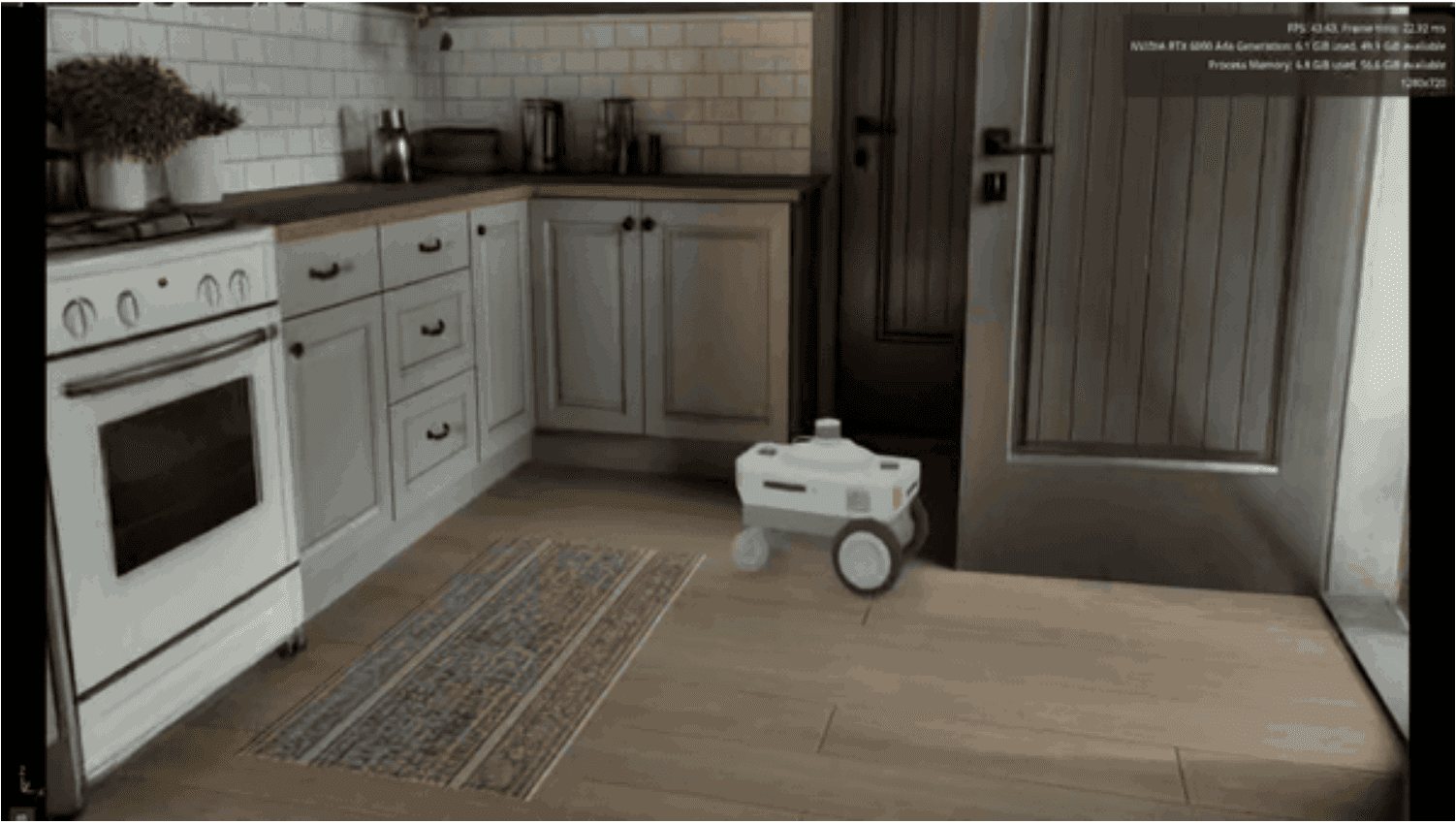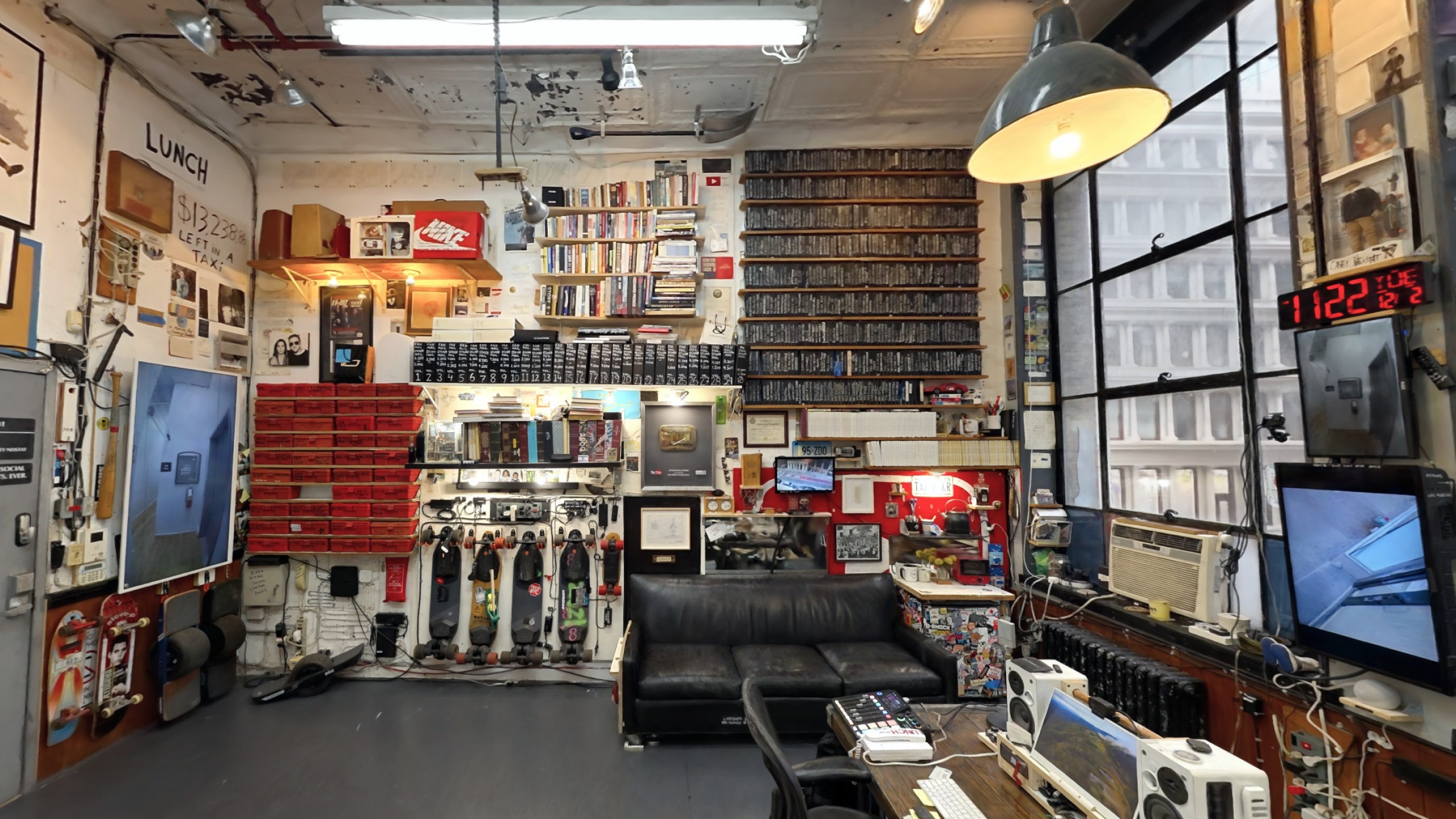
Michael Rubloff
Aug 18, 2025
On an overcast afternoon in autumn 2023, professional climber Alex Megos launched himself horizontally across the most iconic single move in sports climbing: the famous jump in Action Directe at the Waldkopf crag in Krottensee — the world’s first sports climbing route to break into the eleventh grade of difficulty. Almost 80 camera shutters fired in perfect sync, freezing his airborne silhouette from every conceivable angle. In this moment, the data necessary to reconstruct an emerging set of technology known as radiance fields were created. Readers may be most familiar with bullet time, provided by the Matrix, but radiance fields take it quite a few steps forward. Radiance fields let viewers orbit around Megos, inspect the chalk dust blooming from his fingertips, and even duck beneath him as gravity reeled him back toward the rock.
“It was an absolute leapfrog moment,” recalls Lars Scharl, the action‑sports photographer who built the rig that captured the scene. “Suddenly the camera wasn’t locked to the positions we shot from. We could move anywhere.”
That single leap, and the 74 Canon cameras arrayed in a circle, marked the point where Lars’s decade long fascination with bullet time collided with the burgeoning world of radiance field representations.
Shortly after the climbing shoot in October 2023 Lars’s collaborator Chris Rebmann stumbled onto the research paper that introduced 3D Gaussian Splatting (3DGS). They were searching for a way to slow Megos’s jump without resorting to optical flow tricks. Upon processing their already existing data, their collective jaws dropped as they released they had autonomy over repositioning the cameras. Later, in February 2024, Lars would show Felix the demo of himself juggling in 3D and that was it.
Like many great tech origin stories, theirs began with chance. In early 2023 Lars decided to realize his longtime dream of building a bullet-time rig for action sports motives. He cold emailed Canon Germany asking about bulk hardware, half expecting silence. Instead, a representative replied with a lead on 74 used EOS 2000D DSLR bodies. Someone was coincidentally looking to sell.
Financing decided, Lars spent the winter bolting the cameras to circular frames salvaged from trampolines for the first iteration, enlisting his children as trampoline jumping test subjects.
Iteration came fast: a three meter ring around a one meter trampoline; then a five meter ring; finally custom bent aluminium pipes forming a portable six meter arc that can be assembled in 10–12 labelled sections. Each section mounts seven or eight cameras on mini tripods, numbered for both hardware and software alignment. The result breaks down small enough to load into a van.
Today, a little over two years after the first capture attempts, Lars and long time friend, Felix Hirt, an artist and developer, are touring European events with an 80 camera rig delivering fully trained 3D Gaussian Splats to participants’ phones.
Despite the scale, shoots nowadays typically run with a core team of two. One handles sign ups and trigger, the other watches for errors. Everything else, image offload, scene alignment, Splat training, cropping, and upload happens automatically. Felix engineered that pipeline. Visitors scan a QR code, pose inside the rig, and shortly thereafter subjects receive their portrait.
“Our GPU box trains multiple splats in parallel,” he explains. “If an event values speed over fidelity, we tweak parameters on the fly.”
Ask Lars why 3D matters and he circles back to intimacy. “A still photo already immortalizes a moment, but 3D lets you inhabit it.” Felix, whose freestyle repertoire spans parkour to high dive, sees the ability to appreciate everything happening simultaneously: “Untrained eyes miss subtleties at full speed. Being able to scrub and rotate the action will give a larger appreciation for a moment in time.”
When asked about if there was a single capture that stood out among the rest, it’s hard to pick a single one. The rig has been used in rugged environments, ranging from cliffsides, to the concrete jungle of a skatepark. However, the riskiest may have been recording an athlete do a hammer toss directly in the center of an 80 camera rig. For Felix, the most important captures have been those of his grandmother, wife, and dog. Imaging has crossed an inflection point, whereby it’s extending photography into the third and fourth dimension for all time.
With their combined experience in sports and photography, it’s easy to imagine how this technology will bring fans closer to the action and really nail that one decisive moment, in 3D. What will the next moment of Mohammed Ali standing over Sonny Liston look like in 3D and in VR?
Their work can be found on Instagram @freezestylers and https://freezestylers.de.







